- Still a looker, inside and out
- Light chassis delivers sparkling ride & handling
- Peppy three-pot turbo
- Questionable value equation
- Lacks safety tech
- Impractical interior
Some cars get away with playing it safe in terms of design. In the small hatchback segment, the Volkswagen Golf is a prime example – favouring evolutionary steps between generations rather than reinventing the wheel. On the opposite end of the scale you get brands that prefer revolutionary leaps that shake up the segment from generation to generation. French brands lean towards the latter and are particularly known for their bold and sometimes polarising designs – whether they be bustle butts or air bumps. The 2020 Peugeot 308 hatchback has been around in its current form since 2013 and while it presents as a handsome and neatly-styled hatchback on the outside, it introduced the somewhat controversial ‘i-Cockpit’ interior layout to the small hatchback.
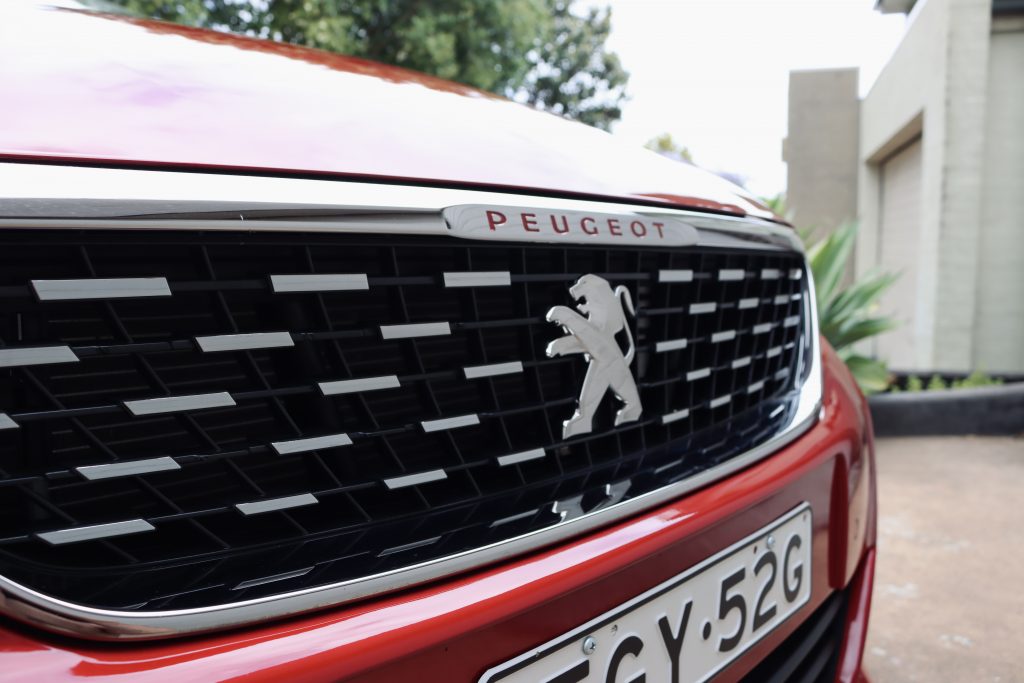
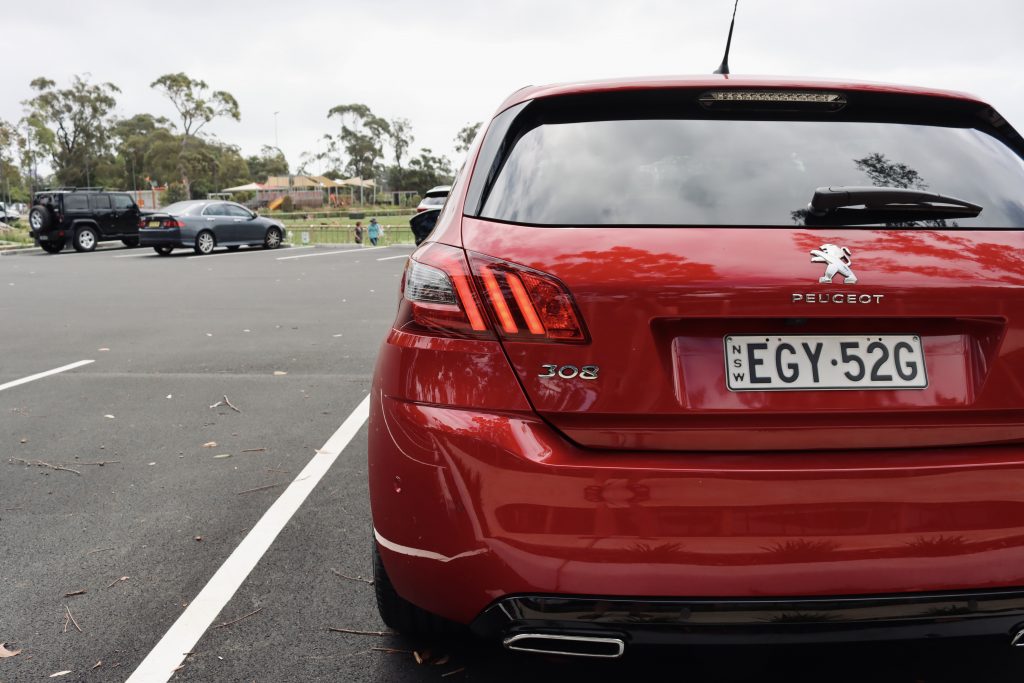
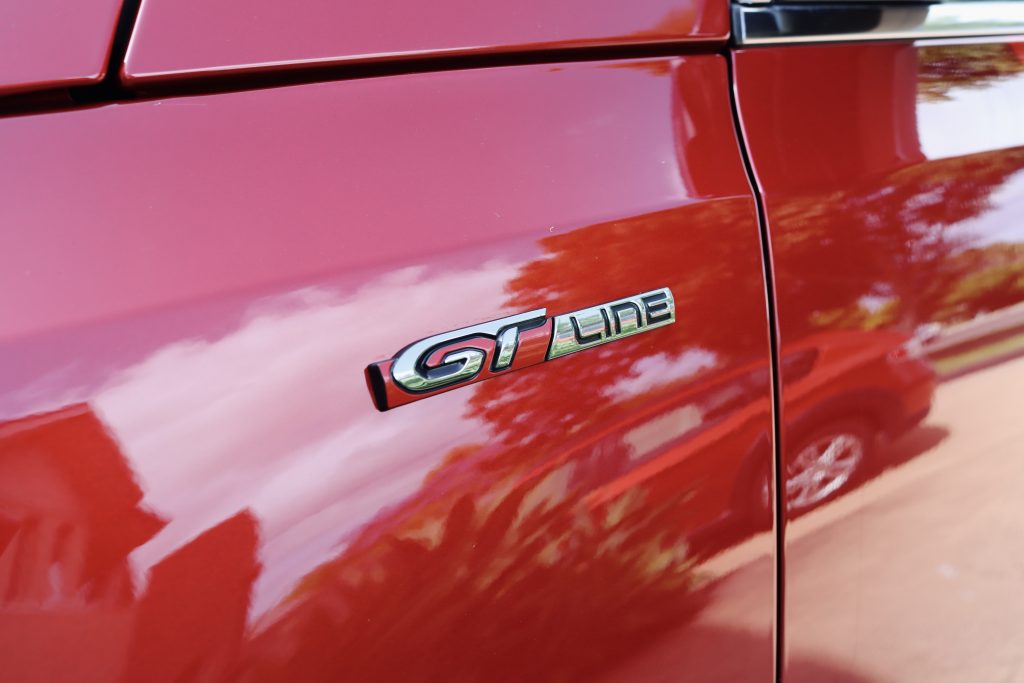
Eight years on and a, all-new 308 has since been revealed. But, for those who aren’t willing to wait until early 2022 for a sleek French hatchback, how does the current model fare? We spent a week with the 2020 Peugeot 308 GT Line to find out if it’s passed its use-by date or if it’s still a competitive offering in the segment.
Price & Specs: 7.0/10
The while the 308 was previously offered with an array of different engine combinations across different specs, the 2020 model has been simplified to just one variant with one source of motivation – the GT Line. As you may have guessed, the GT Line takes the former GT’s looks – including interior and exterior styling cues – but settles with a modest 1.2-litre turbocharged three-cylinder engine as the only option.
Priced from $34,990 before on roads, the GT Line isn’t your usual bare-bones run out of a soon-to-be-replaced model, but a fully-loaded swan song for the T9-series 308. Standard kit includes 18-inch alloy wheels, full-LED headlights, scrolling LED front indicators, LED fog lights, LED tail lights, auto-folding mirrors, a panoramic glass roof with an electric sun blind and the aforementioned sports exterior styling kit with GT Line badging.
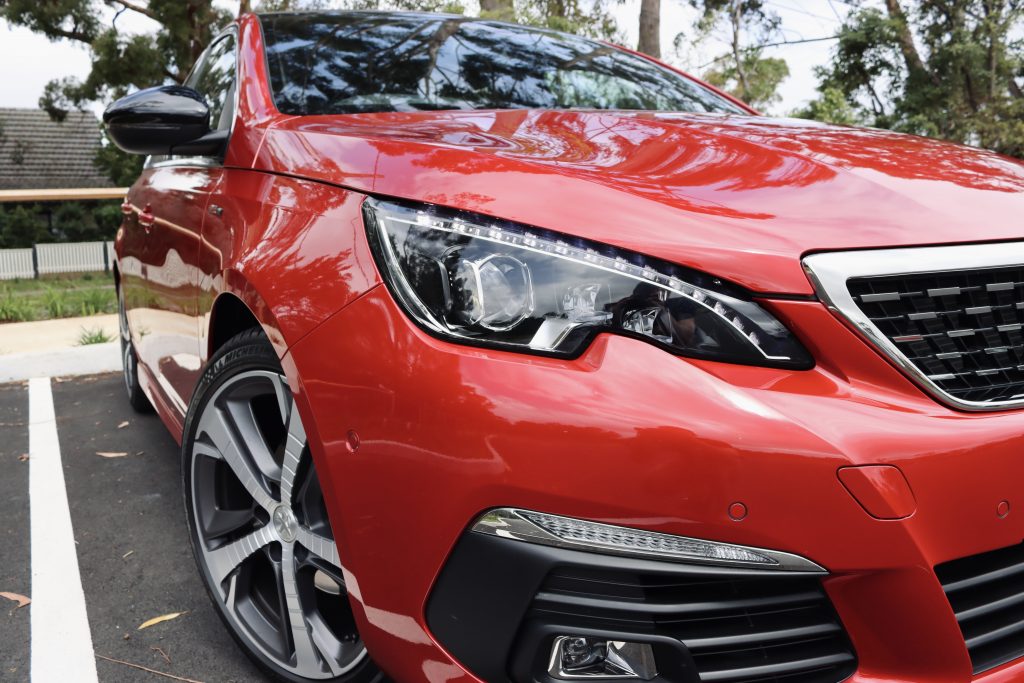
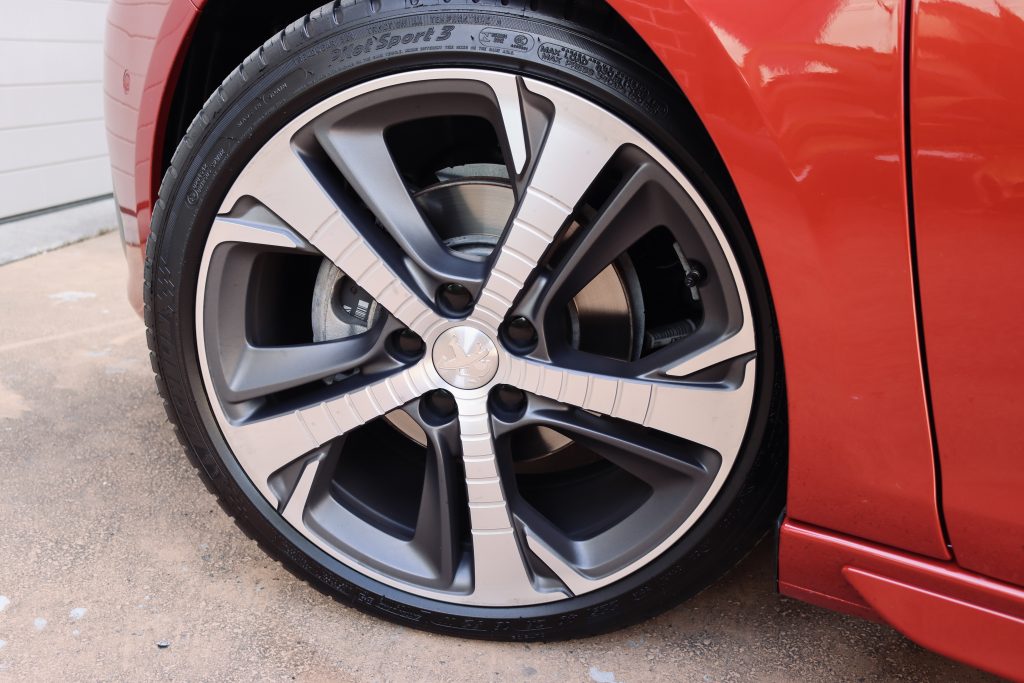
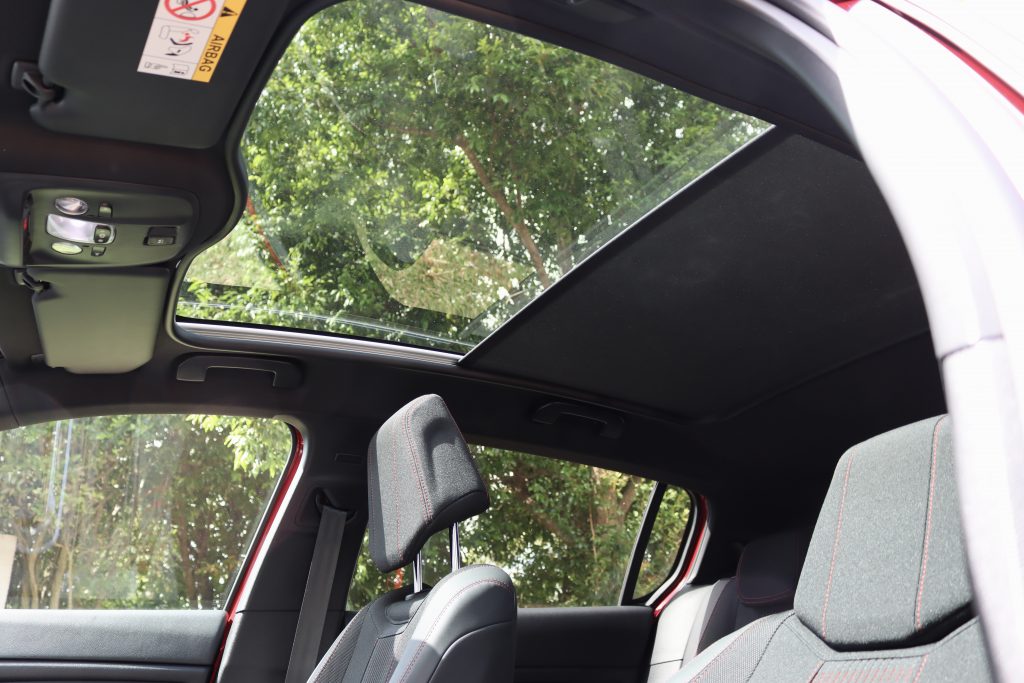
Inside you’re greeted by part cloth/part leather sports seats, leather steering wheel and gear knob, red illumination for the instrument panel in sport mode, Peugeot’s first generation of i-Cockpit instrument cluster (traditional dials flanking a small colour display), a 9.7-inch touchscreen infotainment system with satellite navigation, Apple CarPlay, Android Auto and dual-zone climate control.
Safety is covered with six airbags, blind-spot monitoring, lane-keep assist, auto high beam and autonomous emergency braking (AEB). Curiously, the latest update has deleted the radar that was added in the facelift of the current generation meaning the AEB only works at low speeds and there is no adaptive cruise control on offer.
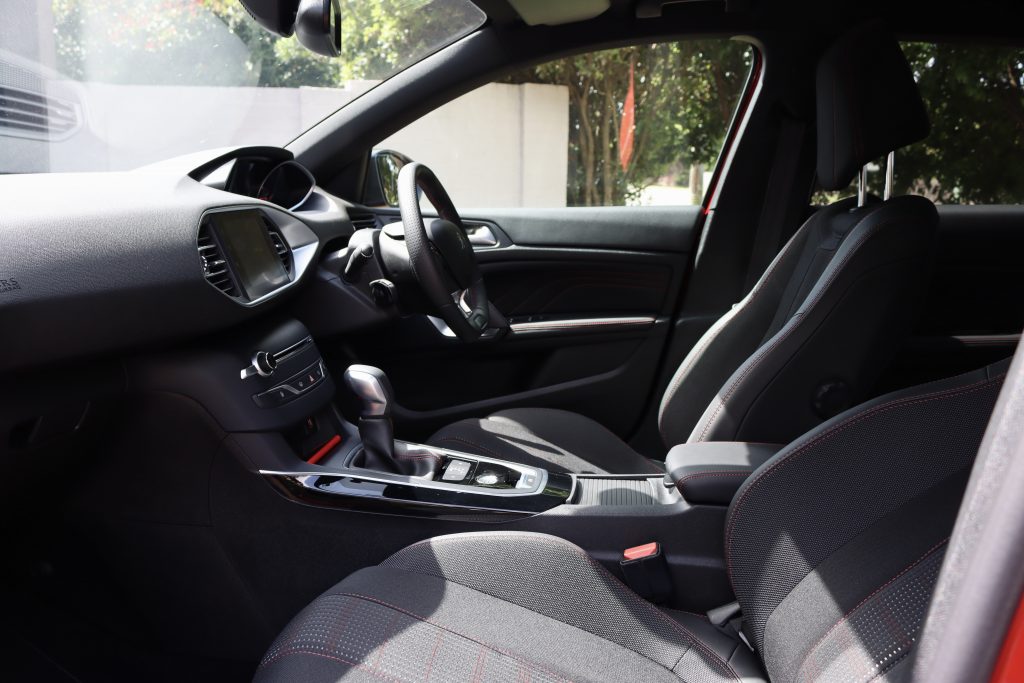
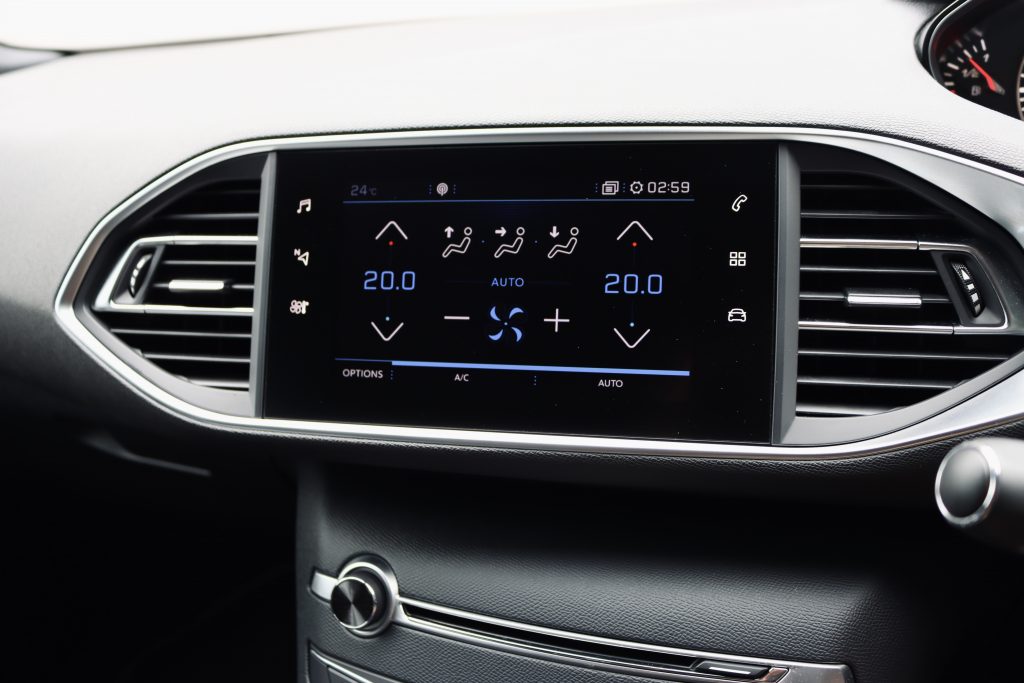
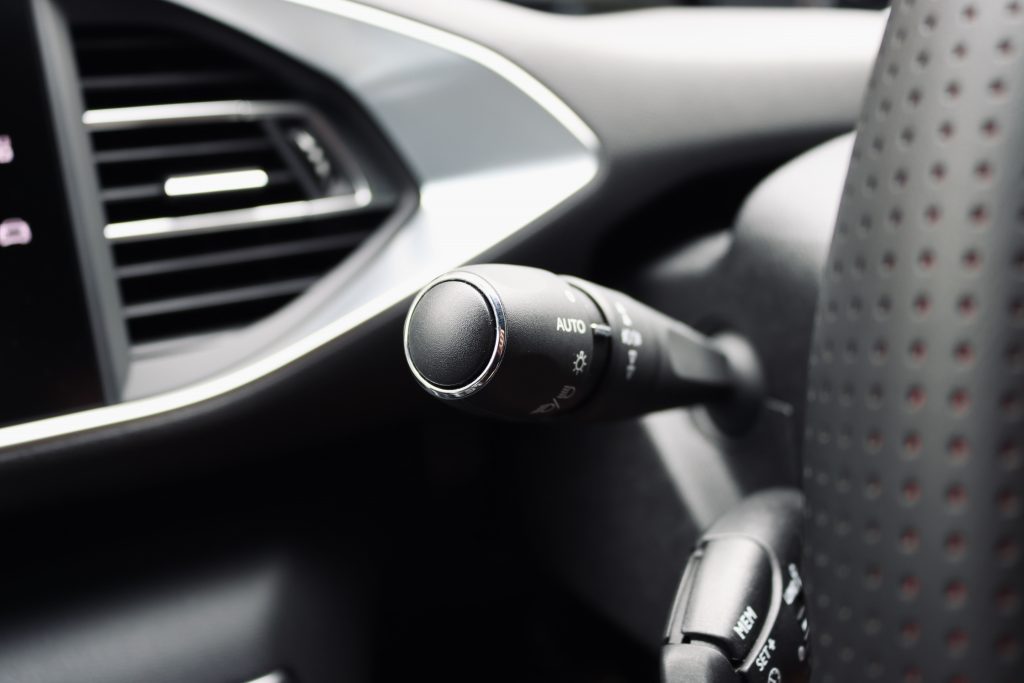
White is the only cost-free colour, with ‘Nera Black’ and ‘Artense Grey’ metallic paints adding $690 to the purchase price. Pick one of the premium paints like our test car’s luscious-but-exxy ‘Elixir Red’ and you’ll have to fork out $1,050.
Even though the 308 still looks relatively fresh, it’s certainly starting to show its age in terms of kit. A Mazda 3 G25 Astina offers safety kit like a heads-up display, Matrix headlights, adaptive cruise control, rear cross-traffic alert and reverse AEB as standard. It goes even further by adding a premium sound system, a colour heads-up display, leather upholstery with heating up front and an electric driver’s seat for similar coin.
Performance & Economy: 8.0/10
The 308’s sole engine option is a teeny three-cylinder 1.2-litre turbocharged petrol unit good for 96kW/230Nm. Those outputs are very respectable for the size of the engine, with the torque figure notably eclipsing a lot of atmospheric 2.0-litre rivals. Even better is that the torque arrives at low revs. Combined with the ultra-light body, the 308 gets up and goes with a lot more enthusiasm than you would expect. It almost pulls off the sporty styling cues thanks to the quick response from standstill and rev-happy little three cylinder. The 100km/h sprint is dealt with in a respectable 9.8 seconds but its the 308’s real-world performance and mid-range punch that impresses the most.
“Combined with the ultra-light body, the 308 gets up and goes with a lot more enthusiasm than you would expect. It almost pulls off the sporty styling cues thanks to the quick response from standstill and rev-happy little three cylinder.”
The six-speed automatic transmission is quick to remind you that torque converters are the way to go for those who spend a lot of time in traffic. Dual-clutch transmissions are certainly getting much better, but none are yet to trump the ease of a torque converter. The 308’s drivetrain gels particularly well thanks to that healthy dollop of torque which allows the auto to shift up quickly in a quiet and refined manner.
Fuel consumption good if not as great as we expect from the small-capacity engine. Our average of 8.0L/100km in mostly urban conditions didn’t get close to the claimed combined figure of 5.0L/100km but admittedly we didn’t get to stretch the Pug’s legs much in the week we had it. The stop/start played its part in keeping the figure at bay but it wasn’t quite as refined as the systems we’ve experienced in the Mazda 3 – which keeps the aircon on and the cabin cool even with the engine off.
The 202 Peugeot 308 might be down on cylinders and power but it’s an absolute peach to drive. The biggest hurdle Peugeot has, much like its downsized European rivals, is that Aussies naturally gravitate to larger, naturally-aspirated engines. Cars like the Mazda 3 might look more impressive on paper but in the real world you’re left revving the engine out to extract the most from it.
Ride & Handling: 9.0/10
Other than a slightly blotchy period in the early 2000s (when its cars got fatter and were neither comfy or composed), the French have a reputation for engineering some of the cushiest-riding cars in the business. The 308 follows suit with an impressive balance of road-holding prowess and damping finesse that leaves you feeling relaxed even on the worst Sydney roads.
The ace up its sleeve is the beautifully simple EMP2 platform that helped the second-generation 308 shed 140kg from its predecessor – resulting in a ridiculously light-for-the-class 1,122kg kerb weight. This allows the 308 to have softer springs and damping versus its heavier rivals and lets the suspension breathe with our trying road conditions.
“The ace up its sleeve is the beautifully simple EMP2 platform that helped the second-generation 308 shed 140kg from its predecessor – resulting in a ridiculously light-for-the-class 1,122kg kerb weight.”
The lack of inertia also allows for the car to change direction quickly and the go-kart-like steering is darty and direct, if not entirely feelsome. Paired with the feisty little three-cylinder engine, it’s a lot more fun than you expect a ‘Line’ to be. The one minor niggle you’ll notice when pushing the 308 through a corner is that mid-corner bumps can upset the rear end – partially due to the basic torsion beam rear suspension and partially due to the lack of weight, especially at the rear.
Even at the end of its life cycle, the 202 Peugeot 308 challenges some of the best in the class in terms of ride and handling. Yes, some rivals like the Hyundai i30 N-Line and Kia Cerato GT offer a more advanced multi-link suspension setup at the rear but many – including the driver-focused Mazda 3 – also successfully implement a basic twist beam.
Interior & Practicality: 8.0/10
You might expect the 2020 Peugeot 308 to be showing its age more-so in the cabin than outside but you’d be wrong in making that assumption. The design is still more striking than most of its competitors – looking thoroughly modern and minimalist. The dash is sharply styled and almost architectural in its form. Most of the physical switchgear is relocated to the touchscreen, helping create an uncluttered ambience. The materials used in high-traffic areas are of a high quality – including soft plastics (on the dashboard, front doors and even the rear doors), supple leather and high-quality fabrics.
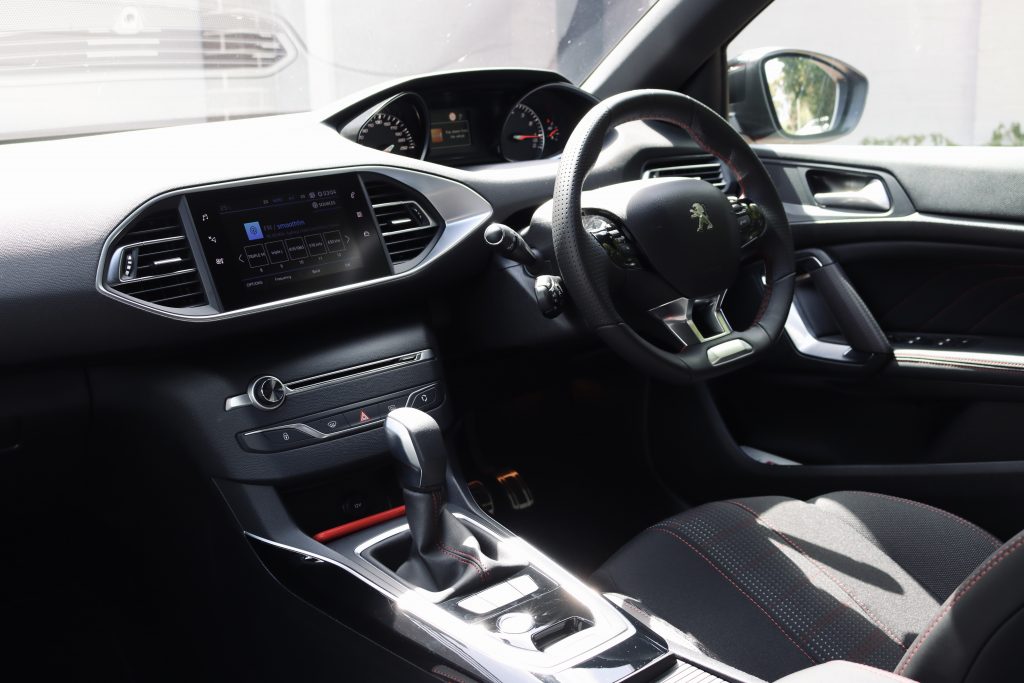
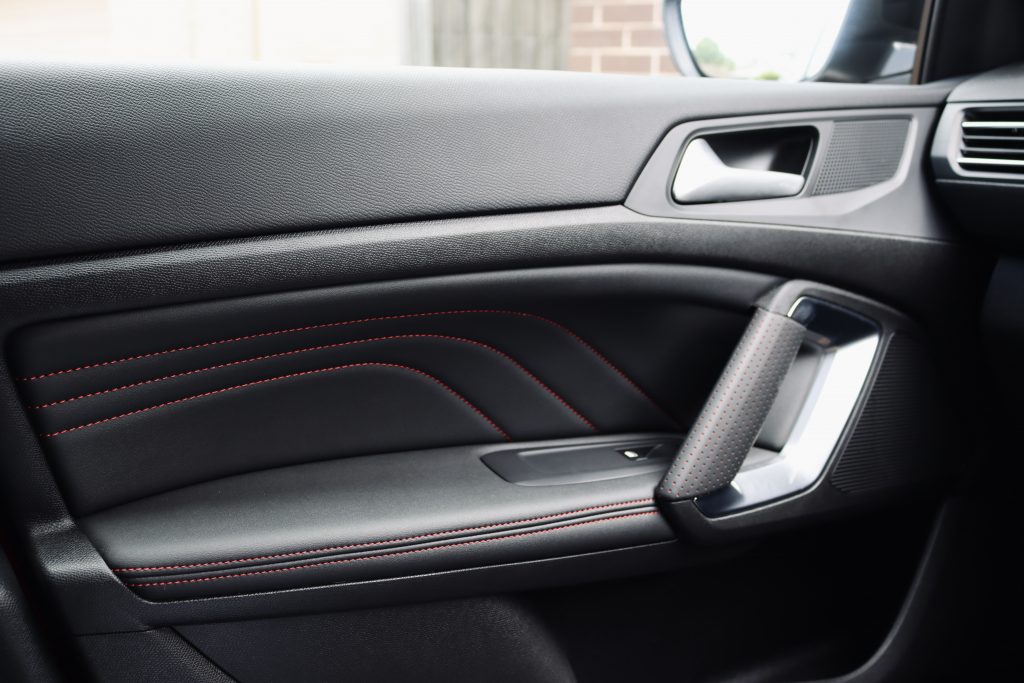
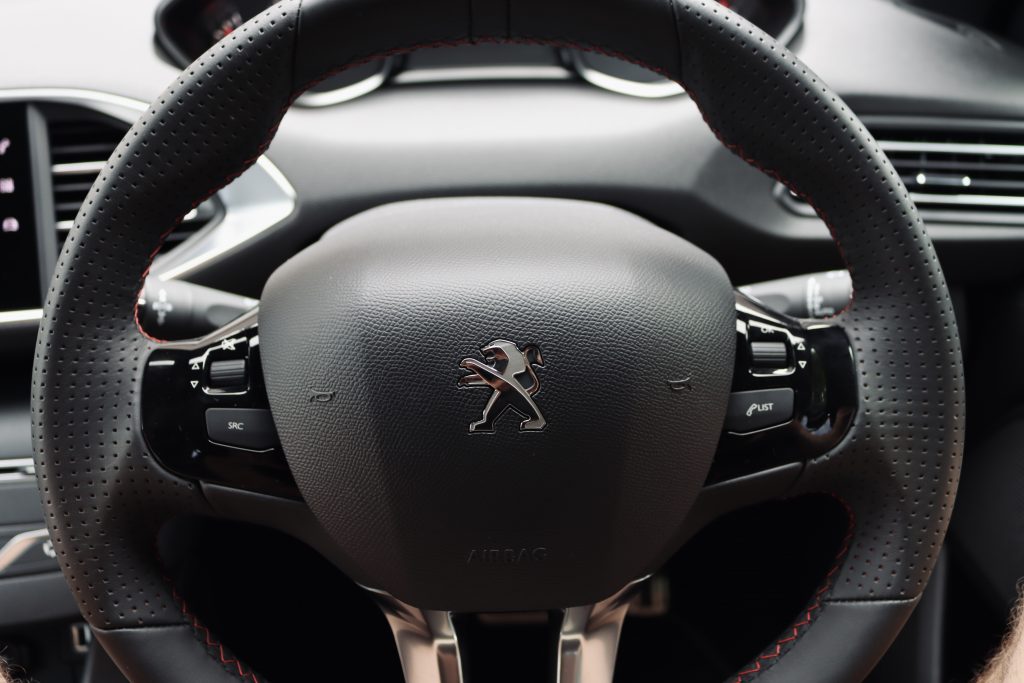
Nestle yourself behind the tiny steering wheel and it’ll feel a little jarring if you haven’t spent any time in a modern Peugeot. The i-Cockpit layout might work for this reviewer, but it’s created some debate within the DiscoverAuto team. The steering wheel needs to be adjusted low into your lap so you can clearly see over it to the raised dials. Definitely try before you buy. Once settled, you can begin to appreciate the attention to detail in the presentation – with highlights of red stitching, red embossing in the leather and a neat design to the sporty cloth seats.
“The i-Cockpit layout might work for this reviewer, but it’s created some debate within the DiscoverAuto team.”
The technology on board is passable without being class leading. The 9.7-inch infotainment touchscreen is bright and clear but on the smaller side of 2020 (Peugeot cheekily includes to capacitive touch buttons in the overall screen size). It houses everything from the media to the climate control to the satellite navigation. It’s easy enough to navigate but can take a second to switch between screens – rather annoying when you’re trying to adjust your temperature on the move. At least it packs Apple CarPlay and Android Auto, albeit wired in its execution. The unbranded sound system is surprisingly punchy, too.
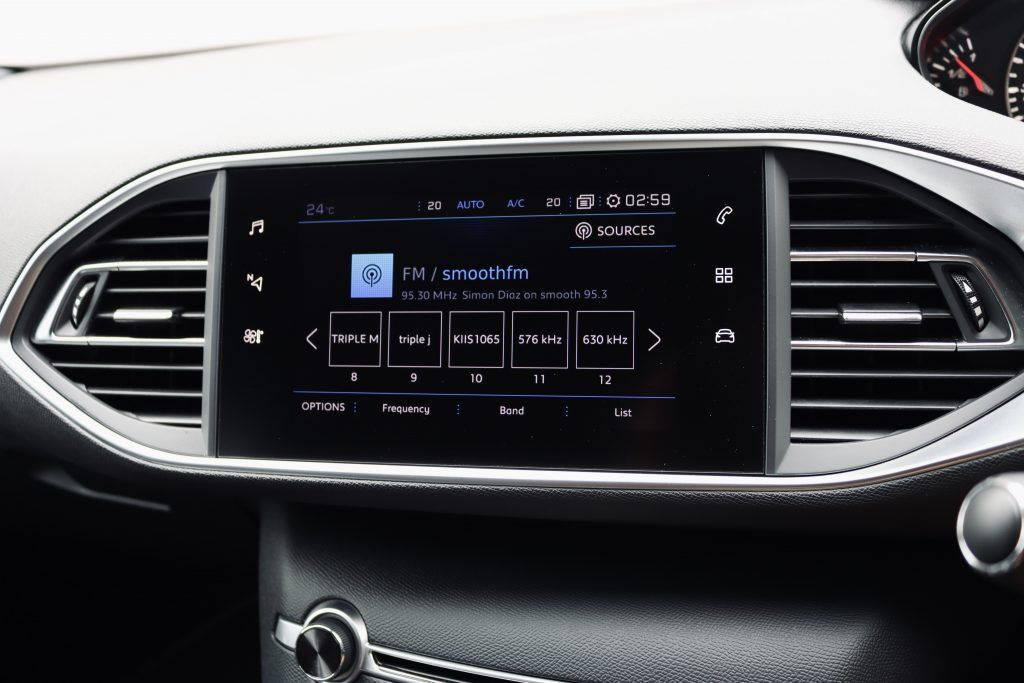
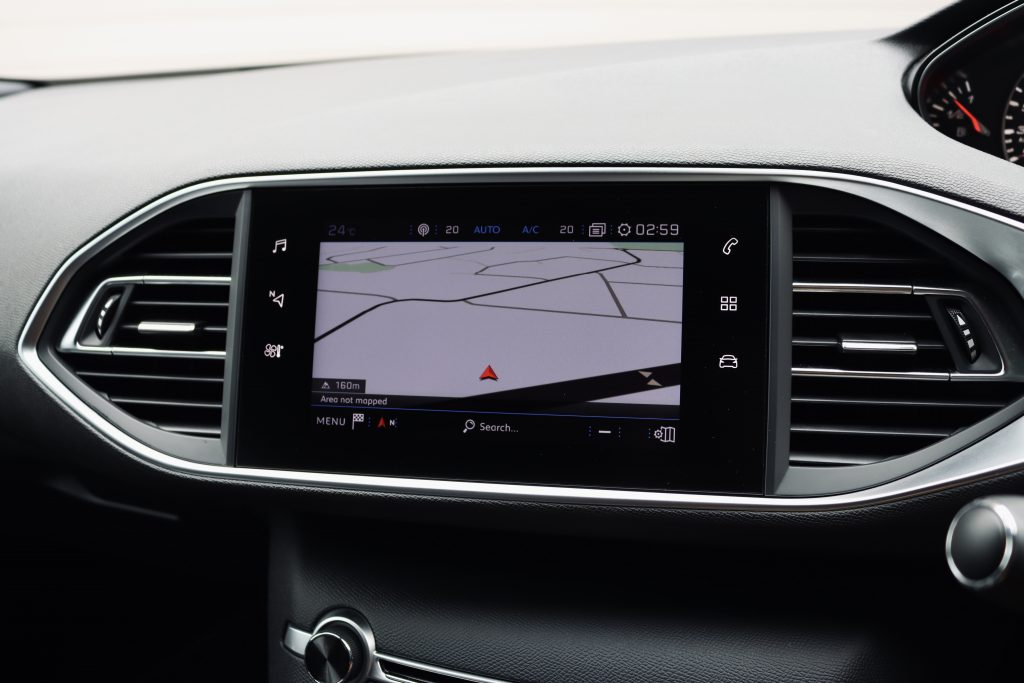

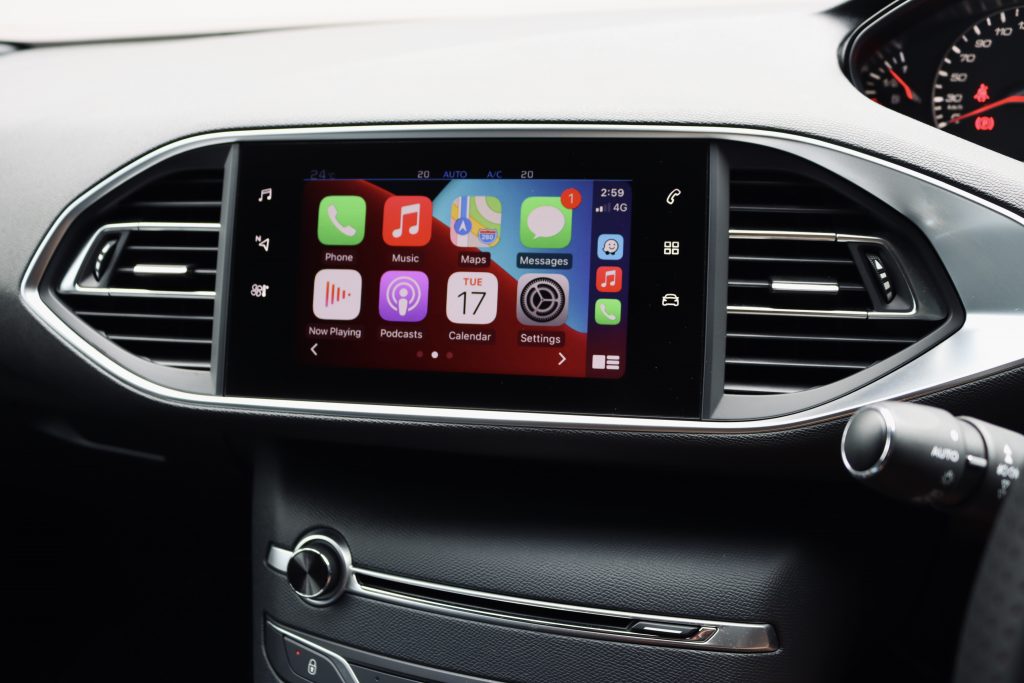
The i-Cockpit dials consists of a conventional speedometer and (reversed) tachometer flanking a small digital driver’s display. It’s rather basic in the information it provides – offering a digital speedo, fuel economy figures and other basic trip computer functionality. Gripes? The deletion of adaptive cruise control and high-speed AEB in the GT Line variant is a bit of a step backwards from the GT and the reverse camera is of a woeful resolution.
“Gripes? The deletion of radar cruise control and high-speed AEB in the GT Line variant is a bit of a step backwards from the GT and the reverse camera is of a woeful resolution.”
In terms of practicality, the door bins are of a good size but front-seat passengers only get one awkwardly-deep cupholder, a too-small storage shelf for your mobile (iPhone 12 Pro Max need not apply) and a tiny storage space under the armrest. Also, while we should just expect it at this point, when will the French finally bother moving the fuse box in right-hand drive cars so we can have a reasonably-sized glovebox?
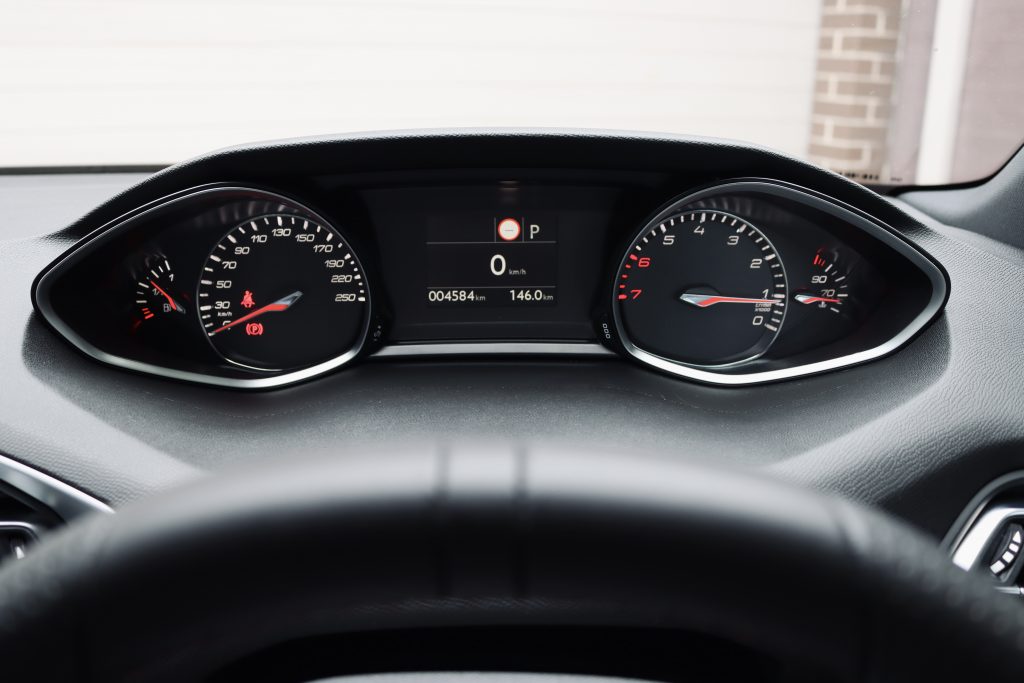
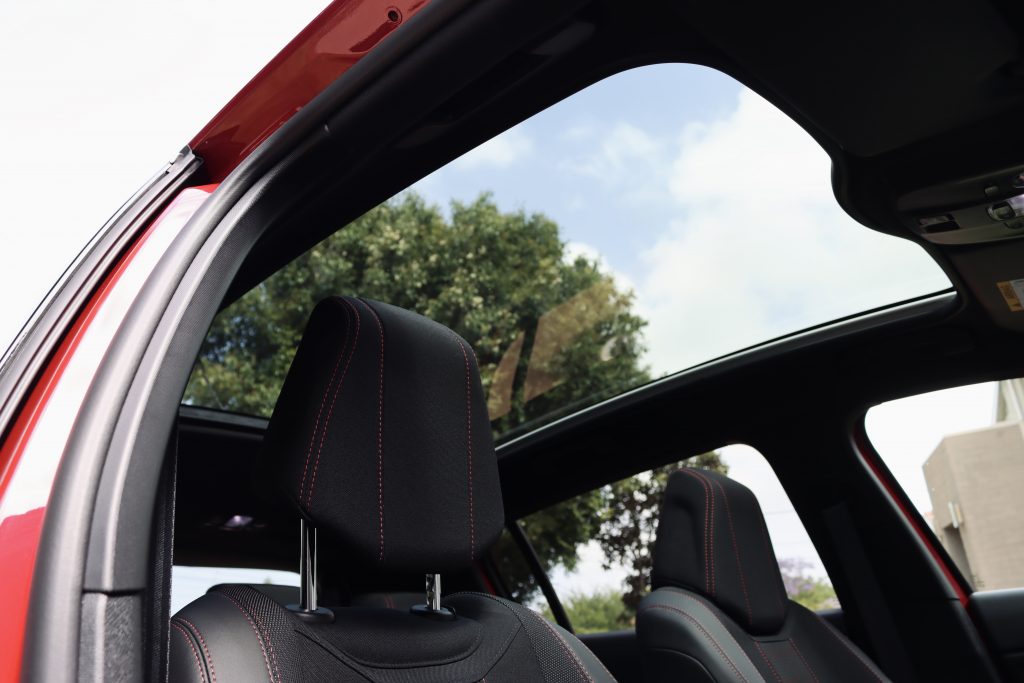
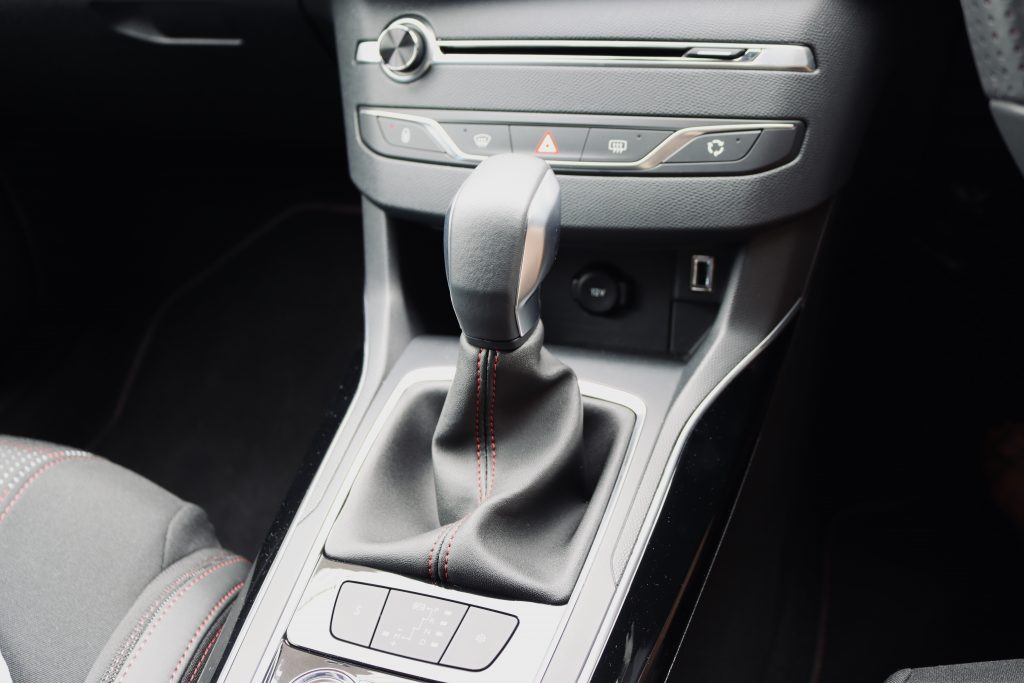
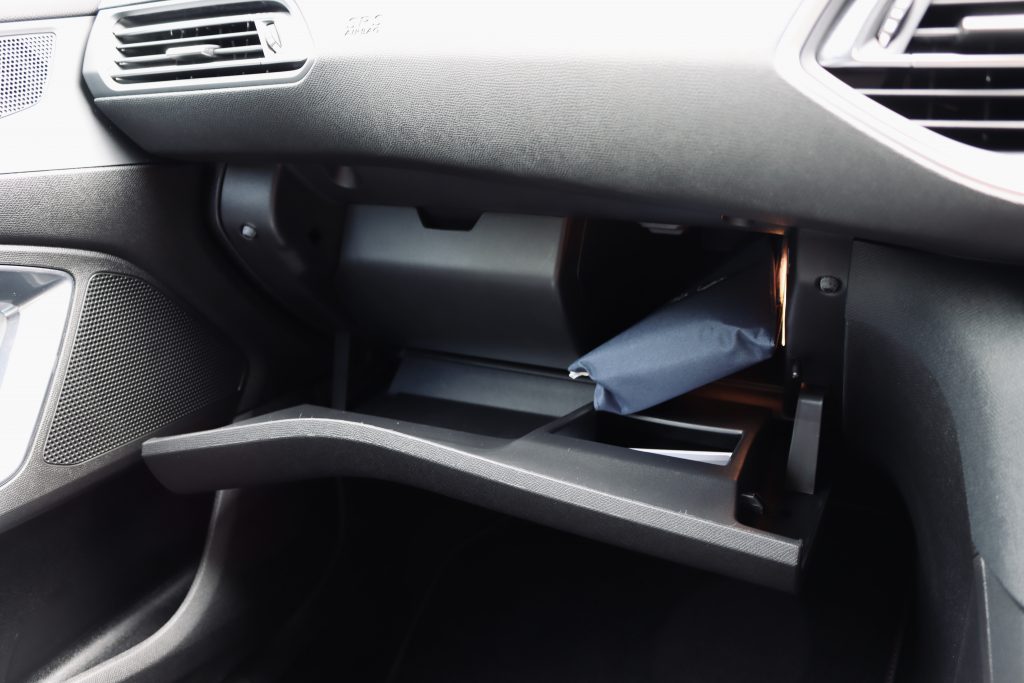
Rear-seat space is also on the small side for the segment and the rear passengers don’t get vents or outlets to charge their devices. It earns back a few points from a fold-down armrest and the absolutely huge fixed panoramic sunroof. Yet despite its small-for-the-class exterior dimensions, the 2020 Peugeot 308 packs a large 435-litre boot. It’s made even more practical by a ski hatch for storing long items, and folding the rear seats flat opens up a handy 1,274L of space. There is a slight ridge when loading heavy items through as the floor isn’t flat and doesn’t raise but you do get a space-saver spare rather than goo in a can.
“Despite its small-for-the-class exterior dimensions, the 308 packs a large 435-litre boot.”
The 2020 308’s interior might still score points for presentation and quality but the newer Mazda 3 Astina offers class-leading design and high-quality materials as well as technology and practicalities that the Peugeot simply cannot match. The 308 claws back with its cavernous and usable boot (versus the Mazda’s miserly 295-litre boot), but those who want a European competitor with up-to-the-minute design and technology might be better off waiting for the next 308 to land in 2022.
Running Costs & Warranty: 6.5/10
We criticised the Peugeot 508 and 3008 for their decidedly expensive servicing costs – more than double that of some rivals. The 2020 Peugeot 308 is only slightly better over the first five years – costing $2,574 – but it also has shorter 15,000km service intervals versus the 508’s and 3008’s 20,000km intervals. By comparison, the Mazda 3 will set you back $1,700 over the same period – but you can only travel a frustrating 10,000km between visits to the dealership.
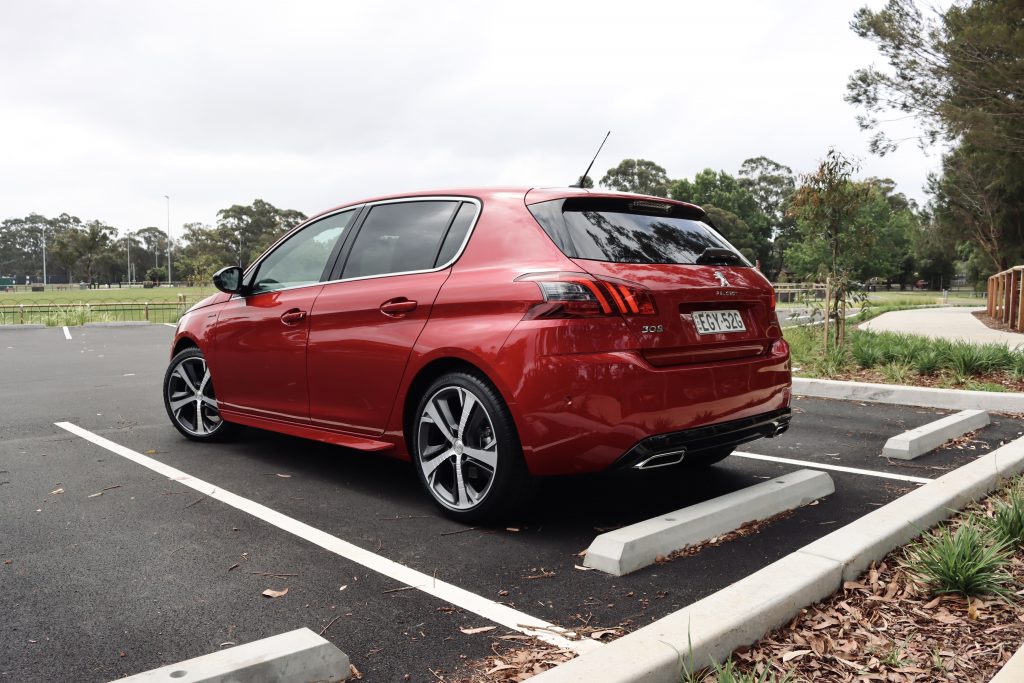
The Peugeot’s scores a good five-year/unlimited kilometre warranty with five years of roadside assistance, but cost of servicing is definitely an area that Peugeot needs to look at improving.
2020 Peugeot 308 DiscoverAuto Rating: 7.7/10
The 2020 Peugeot 308 is surprisingly competitive considering it’s at the very end of its life cycle – offering stylish design, a neat and modern interior and a driving experience that betters a lot of its newer competitors. Those who want to add value for money, cutting-edge technology or affordable servicing costs to the equation will be better served elsewhere.
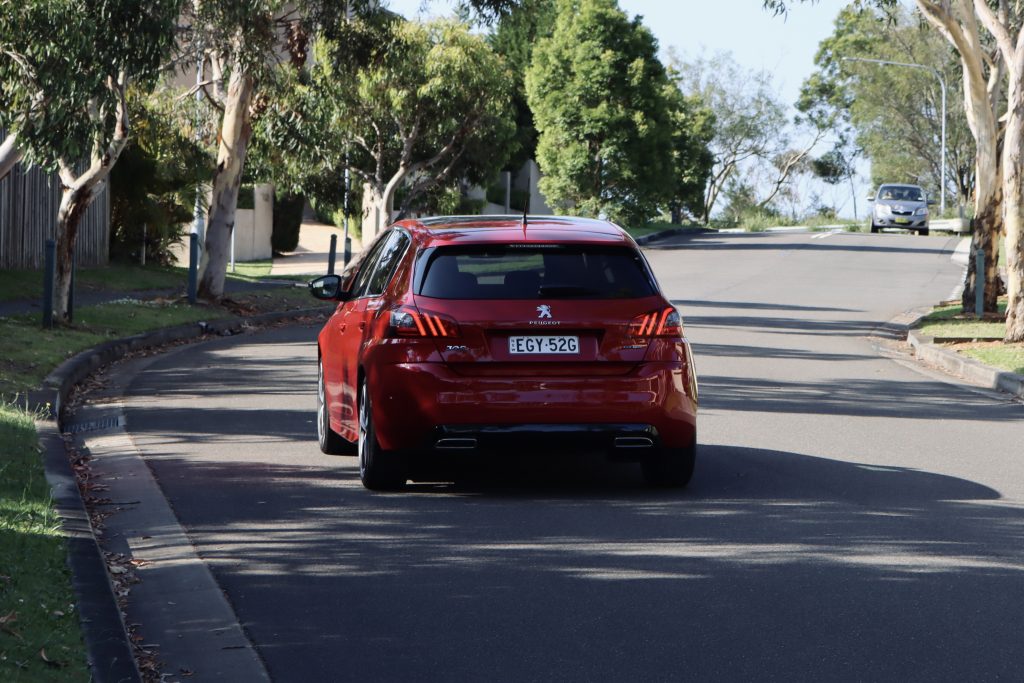
If the current crop of hatchbacks don’t float your boat and you’re willing to wait for something a bit more special, it could be worth holding out for the incoming 2022 308. It’s set to offer best-in-class tech, more fuel efficient drivetrains along with the same striking design we’ve come to expect from Peugeot. Stay tuned to discover more in the coming months.
More: Latest on the Peugeot 308
More: Latest Peugeot News and Reviews
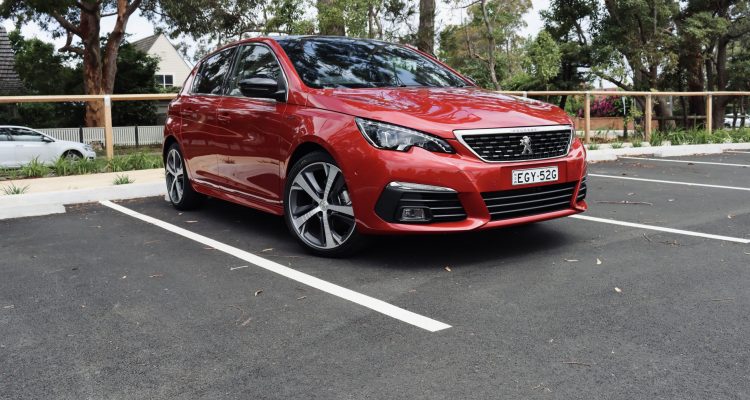
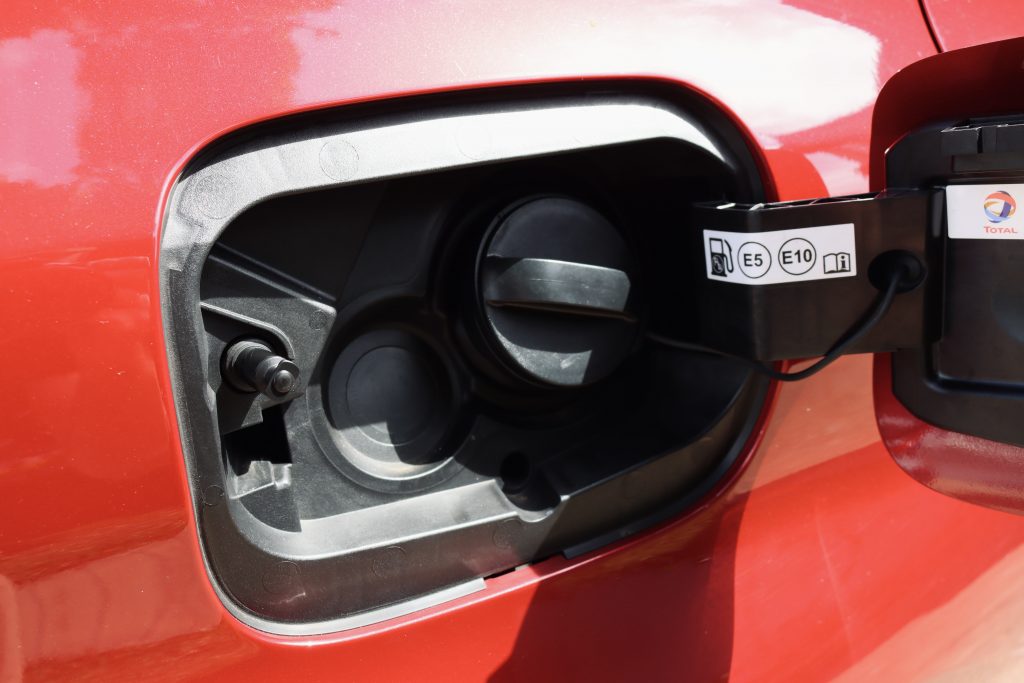
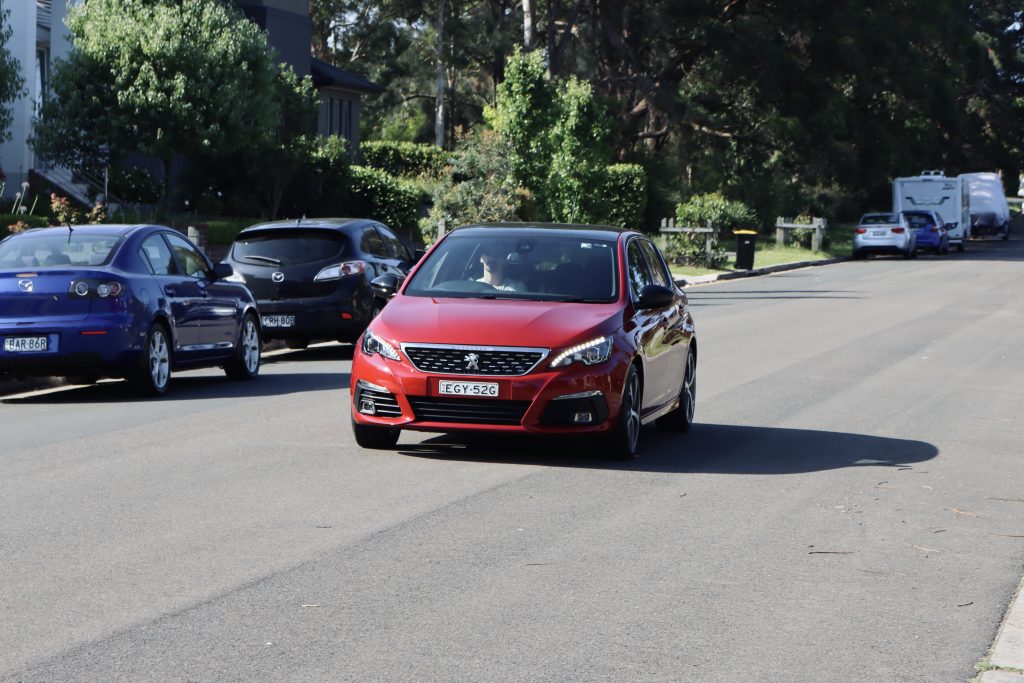
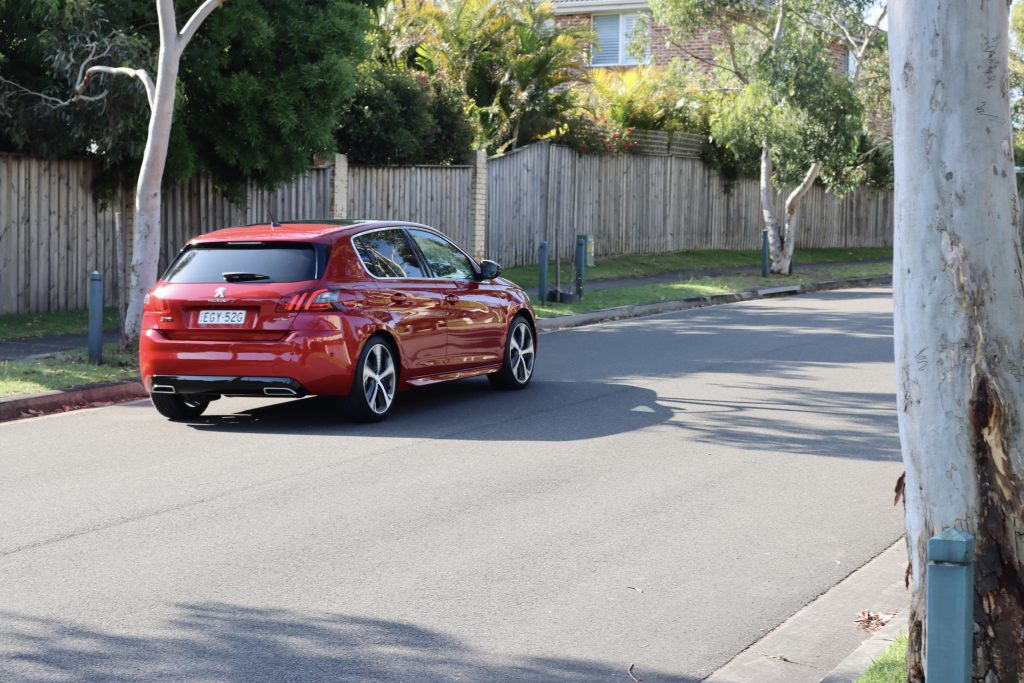
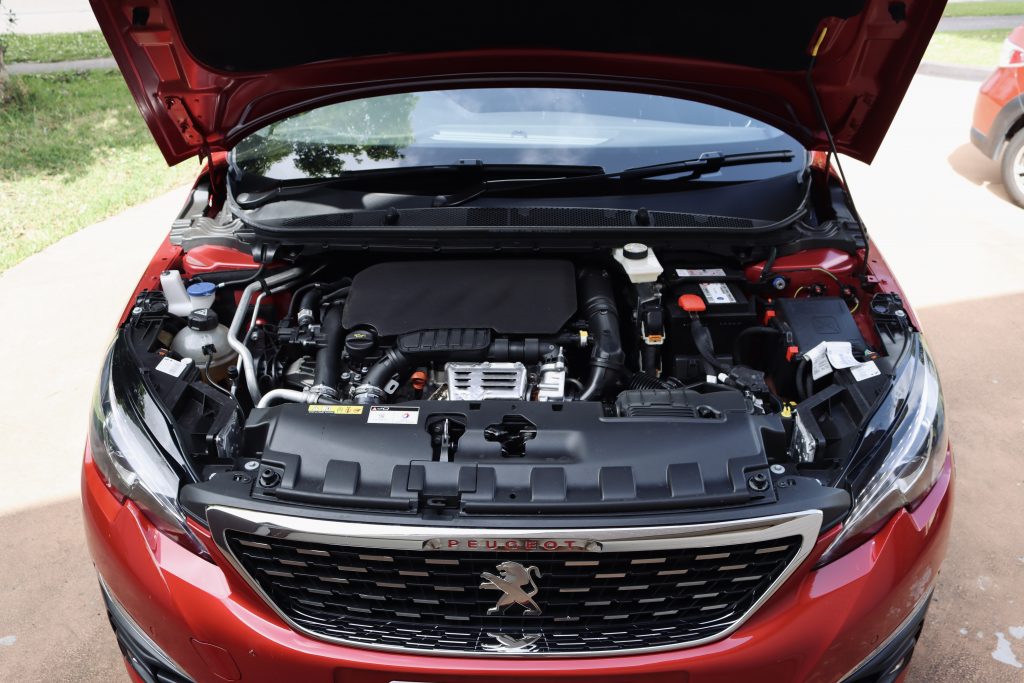
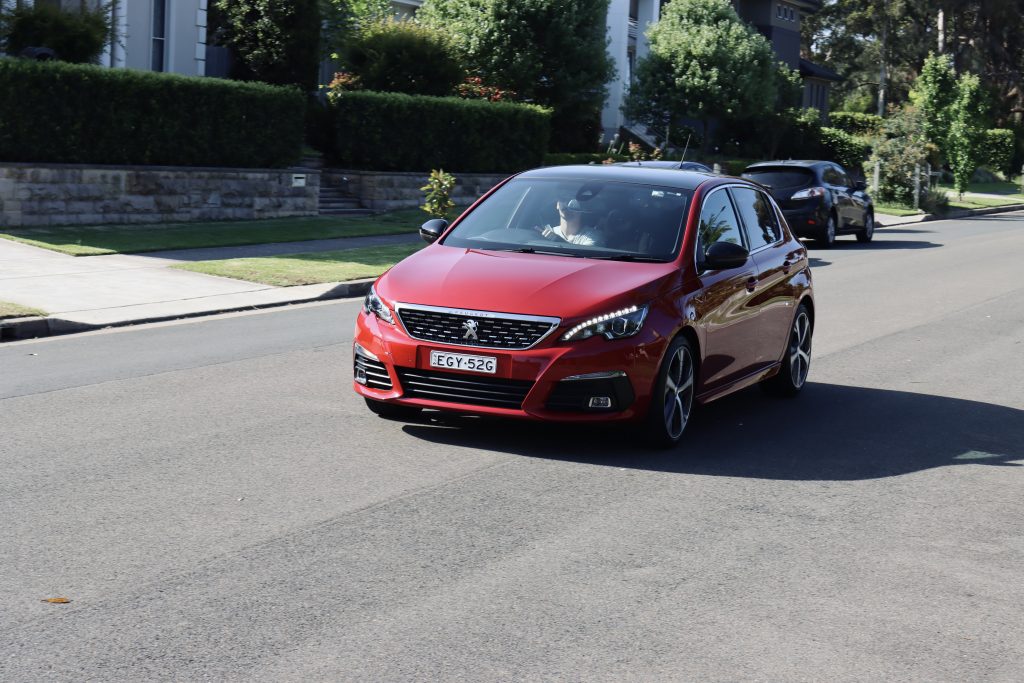
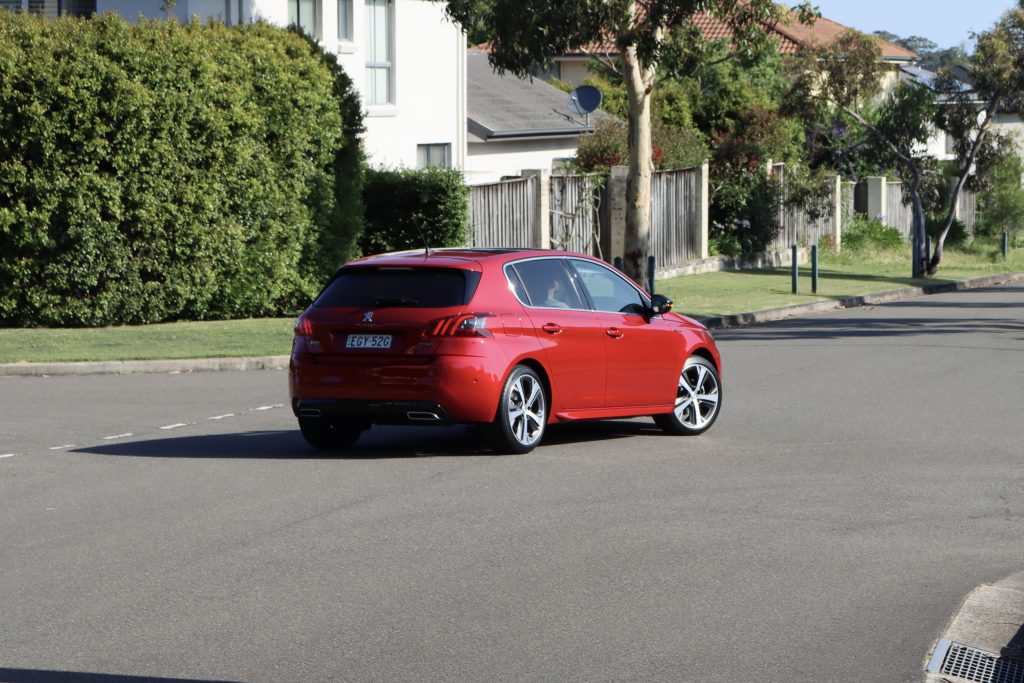
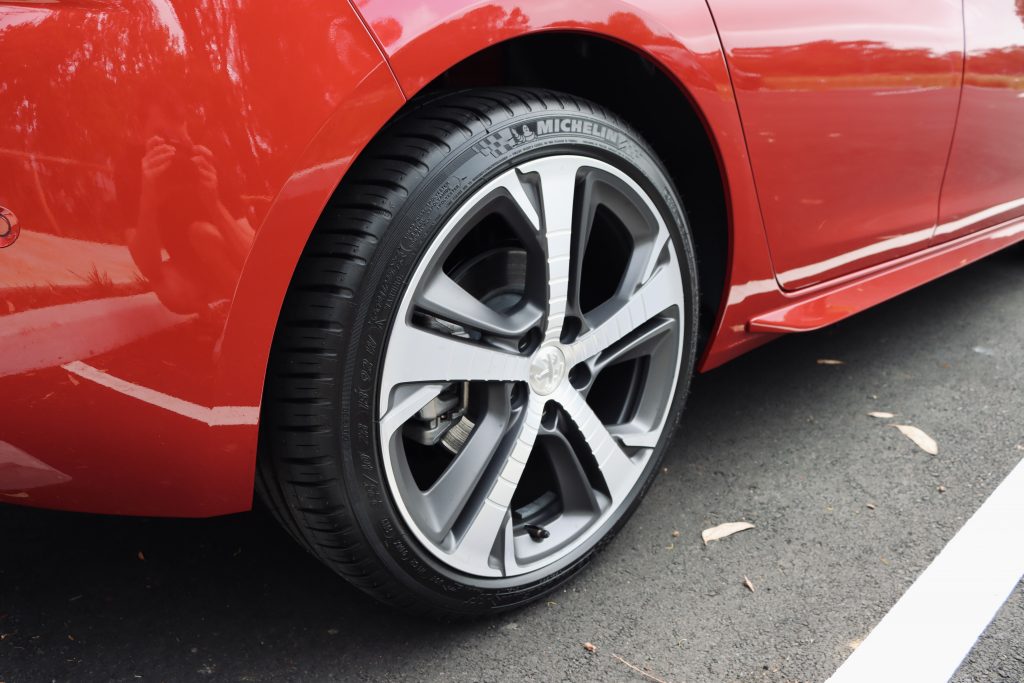
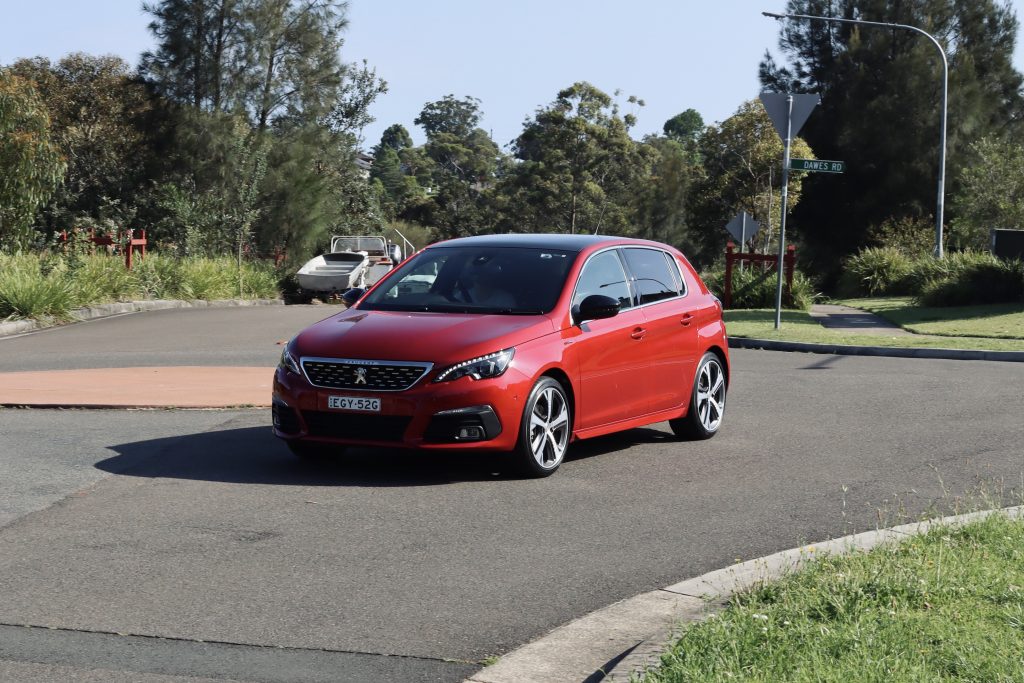
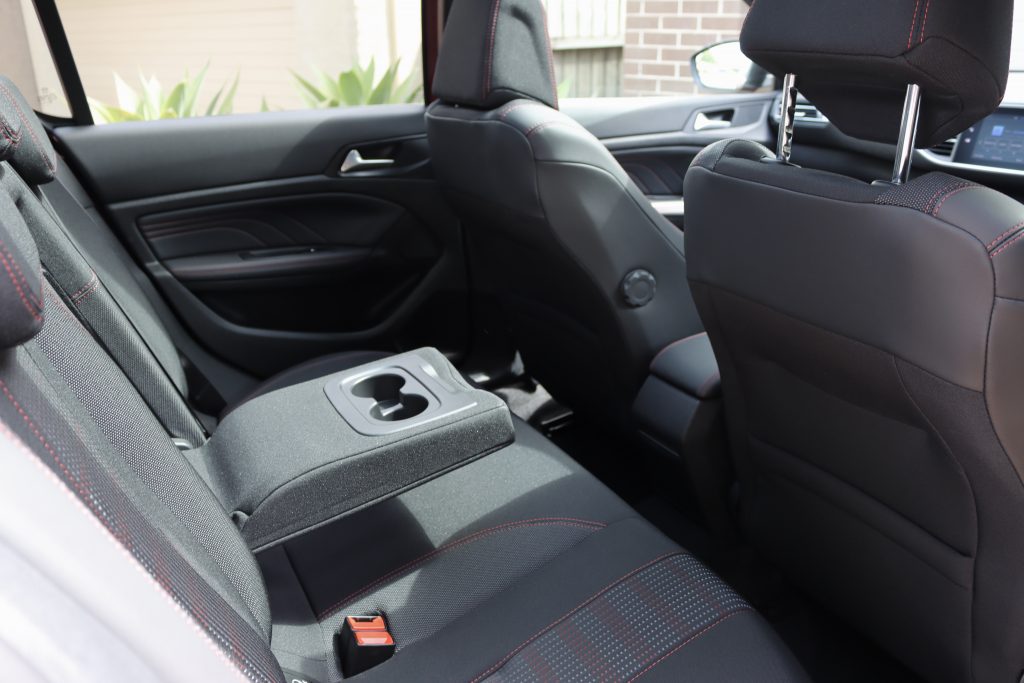
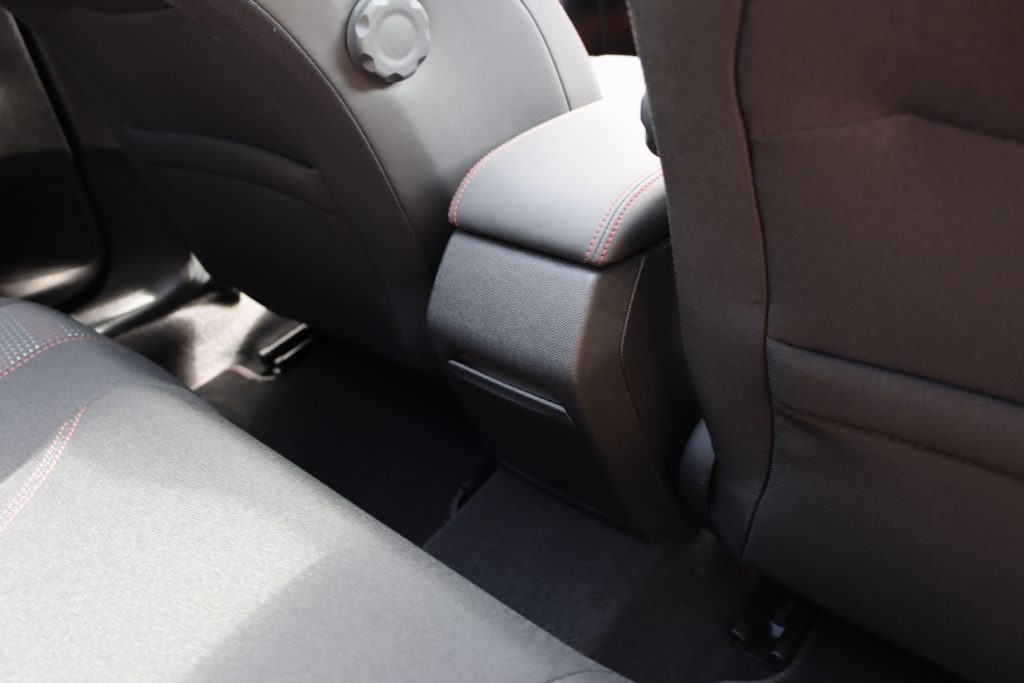
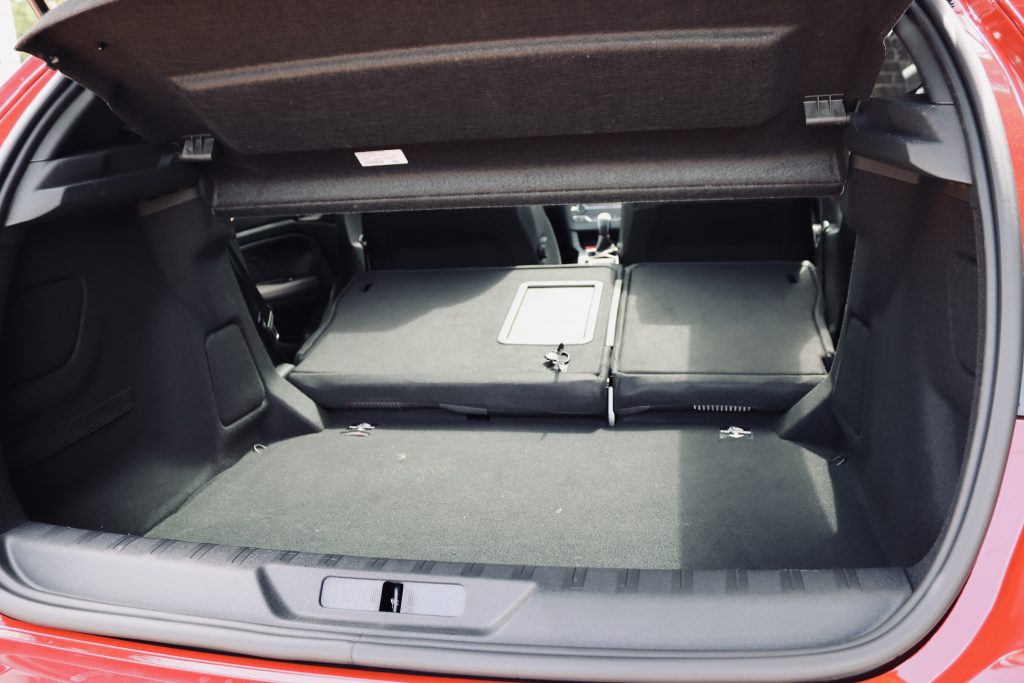
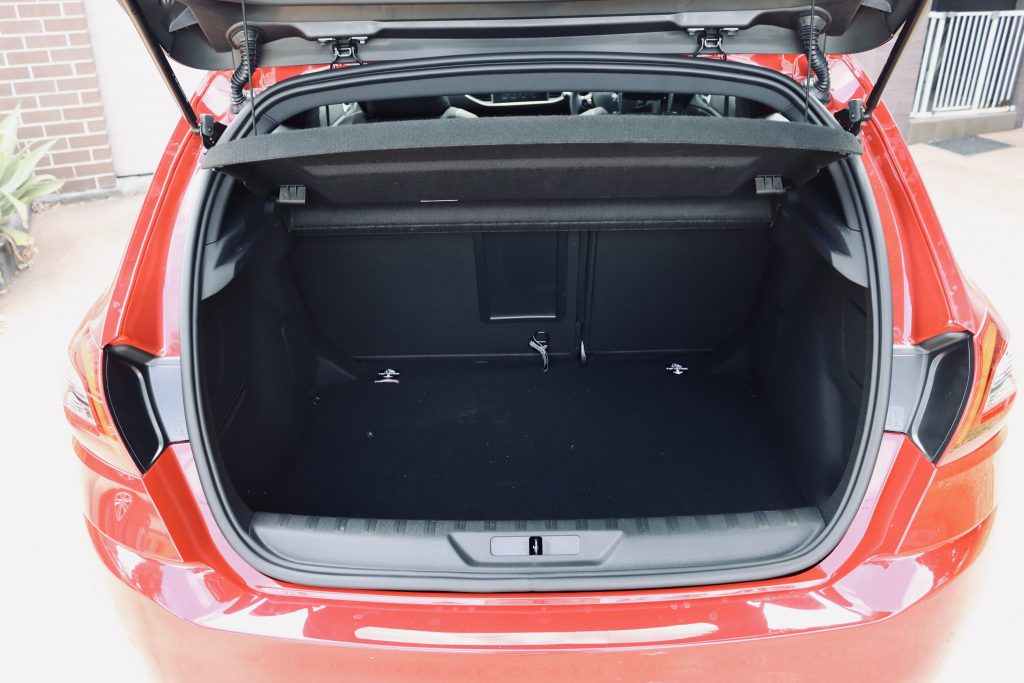
Leave a Reply